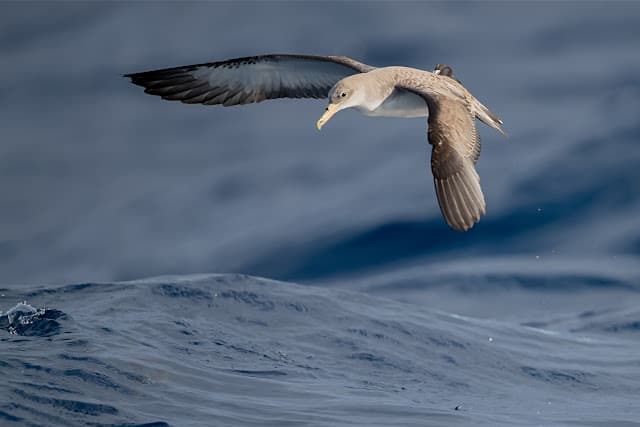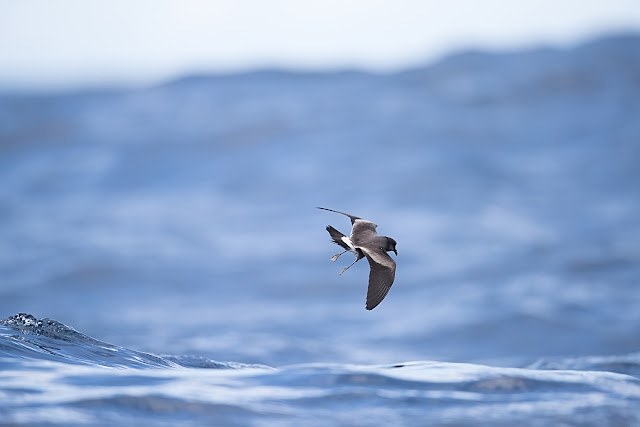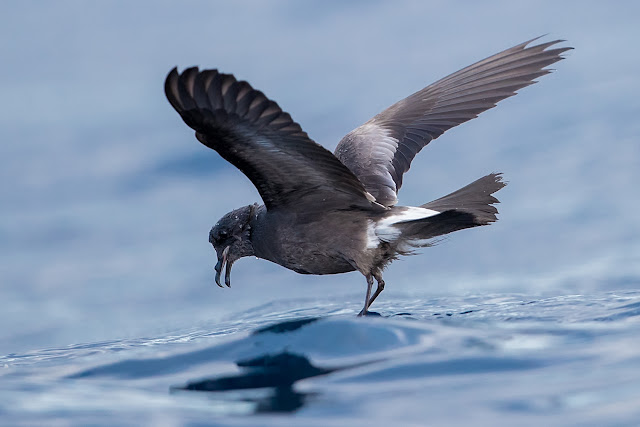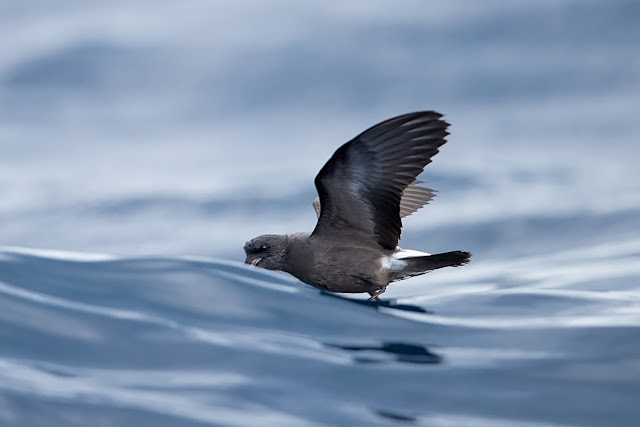I only included two species here, Cory’s Shearwater and Leach’s Storm Petrel photos from a pelagic trip SW of Fuerteventura in the Canary Islands, Spain. November 2017. (Map below.) All of the Cory’s photos are of 1st year birds as the adults move south westwards to winter around Brazil. We were in a small boat that was bobbing about like a cork.
The small craft had no seats and the sea swell is quite thigh, thus to stand and photograph these lovely birds is somewhat tricky. It’s not really for anyone who gets sea-sick easily. I have been lucky to have done a bit of sailing before, even through the famous Atlantic swells but between the island and particularly where the rollers meet shallow banks, the effect is, let’s say not so comfortable.
At one point I made the mistake of taking my eyes off the horizon and looked down for a few minutes at my camera screen. When I brought my head and eyes back up then that was the moment that I felt a bit queasy with dry mouth and spinning head. I recovered quite quickly without throwing up and next time I will remember to wait and look at my photos when back on terra firma!
 Leach’s Storm Petrels (scroll down)are pretty much a great example of a tiny but true pelagic, lone nomad.
Leach’s Storm Petrels (scroll down)are pretty much a great example of a tiny but true pelagic, lone nomad.
These ‘sea pigeons’ as sailors still call them are so dainty and fragile that one wonders how they survive the oceans massive storms, presumably they feel the barometric pressure change long before a barometer can and head off to safety. Their spindly legs can hardy support their weight when they come ashore to breed. A truly astonishing species!
Stephen Daly
Stephen Daly, has been birding since he was eight years old in his native Scotland. After living in Germany and France he established Andalucian Guides the successful birding and wildlife tour company on The Strait of Gibraltar in Spain and has been living here since 2001. Photographing birds in flight is one passion and his photos can be found in many books, magazines and journals. Studying bird behaviour and bird migration are two other positive aspects of being based on one of the busiest migration routes on Earth.
- Web |
- More Posts(81)









































































Leave a Reply